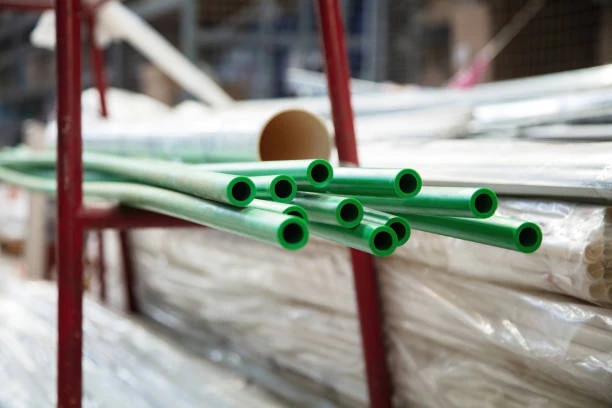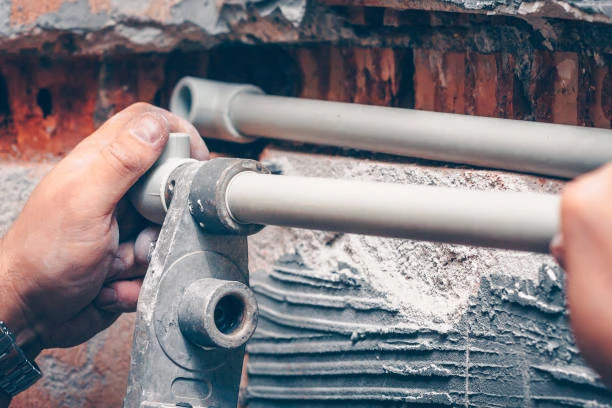Introduction
PPR (Polypropylene Random Copolymer) pipes and fittings have become increasingly popular in various plumbing applications due to their durability, lightweight nature, and resistance to corrosion. As industries and households look for reliable piping solutions, the importance of quality and toxicity testing has never been more pronounced. In this article, we will explore the features, benefits, and testing protocols of PPR Pipe, as well as address common questions related to their use.
What are PPR Pipe?
PPR pipes are a type of plastic piping made from polypropylene, a thermoplastic polymer. The “random” in its name refers to the arrangement of the polymer chains, which allows for improved flexibility and temperature resistance. PPR pipes are available in various sizes and are often use in hot and cold water systems, heating systems, and industrial applications.
Advantages of PPR Pipe
- Durability: PPR pipes are known for their long lifespan, often exceeding 50 years. They resist wear and tear from chemicals and environmental factors.
- Corrosion Resistance: Unlike metal pipes, PPR pipes do not rust or corrode, making them ideal for a variety of applications.
- Lightweight: The lightweight nature of PPR pipes makes them easy to handle and install, reducing labor costs.
- Thermal Insulation: PPR pipes have good thermal insulation properties, helping to maintain the temperature of hot and cold fluids.
- Ease of Installation: PPR pipes can be joined using heat fusion, creating a seamless and leak-proof connection.
Importance of Quality Testing
Quality testing is crucial for ensuring that PPR pipes and fittings meet industry standards. This involves assessing various physical and chemical properties to ensure durability, safety, and performance.
Types of Quality Tests
- Pressure Testing: PPR pipes must withstand high pressure without leaking or bursting. Pressure tests evaluate the strength and integrity of the pipes under stress.
- Impact Resistance: This test assesses how well PPR pipes can handle sudden impacts or stress, which is vital in preventing cracks and breakage.
- Thermal Stability: Since PPR pipes are often use in hot water applications, thermal stability tests ensure they can maintain performance under elevated temperatures.
- Chemical Resistance: PPR pipes should not degrade or release harmful substances when exposed to various chemicals. Testing for chemical resistance is essential for safety.
Toxicity Testing of PPR Pipe
Toxicity testing is critical to ensure that PPR pipes do not leach harmful substances into the water supply. With increasing awareness of environmental and health concerns, manufacturers must adhere to strict regulations.

Regulations and Standards
Many countries have established regulations for plastic piping materials. In the U.S., the Environmental Protection Agency (EPA) and the American National Standards Institute (ANSI) set guidelines for safe drinking water. Similarly, the European Union has regulations regarding the safety of materials in contact with food and drinking water.
Testing Methods
- Migration Tests: These tests evaluate the potential for harmful substances to leach into water. Samples of PPR pipes are immerse in water, and any migration of contaminants is measured.
- Toxicological Assessments: These assessments study the potential health effects of substances that may migrate from PPR pipes into water supplies.
- Long-term Exposure Tests: These tests evaluate the effects of prolonged exposure to various environmental conditions to ensure that the pipes remain safe and stable over time.
Environmental Impact of PPR Pipe
The production and disposal of PPR pipes have environmental implications that need to be addressed. While PPR pipes are more environmentally friendly than traditional metal pipes, proper disposal methods are essential.
Production Considerations
The manufacturing process for PPR pipes typically involves fewer harmful emissions compared to metal piping. Additionally, PPR pipes are often produced using recycled materials, reducing their carbon footprint.
End-of-Life Disposal
PPR pipes are recyclable, which helps mitigate waste. However, recycling infrastructure varies by region, and it is essential to ensure that these pipes are disposed of properly to minimize environmental impact.
Conclusion
PPR Pipe and fittings are a reliable choice for various applications, thanks to their durability, corrosion resistance, and ease of installation. However, it is vital to prioritize quality and toxicity testing to ensure safety and performance. As awareness of environmental issues grows, manufacturers must adhere to stringent testing protocols and regulations to provide high-quality, safe products.
In summary, selecting quality PPR pipes not only enhances the longevity of plumbing systems but also contributes to public health and environmental sustainability. Choosing the right products ensures a safe and efficient future.
FAQs
- What is the lifespan of PPR Pipe?
- PPR pipes typically have a lifespan of over 50 years with proper installation and maintenance.
- Are PPR pipes safe for drinking water?
- Yes, when properly manufactured and tested, PPR pipes are safe for drinking water applications.
- Can PPR pipes be used for hot water systems?
- Yes, PPR pipes are suitable for both hot and cold water systems due to their thermal stability.
- How are PPR pipes joined together?
- PPR pipes are commonly joined using heat fusion, which creates a strong, leak-proof connection.
- Are PPR pipes environmentally friendly?
- PPR pipes are more environmentally friendly than traditional metal pipes and are recyclable, though disposal methods vary by location.


















